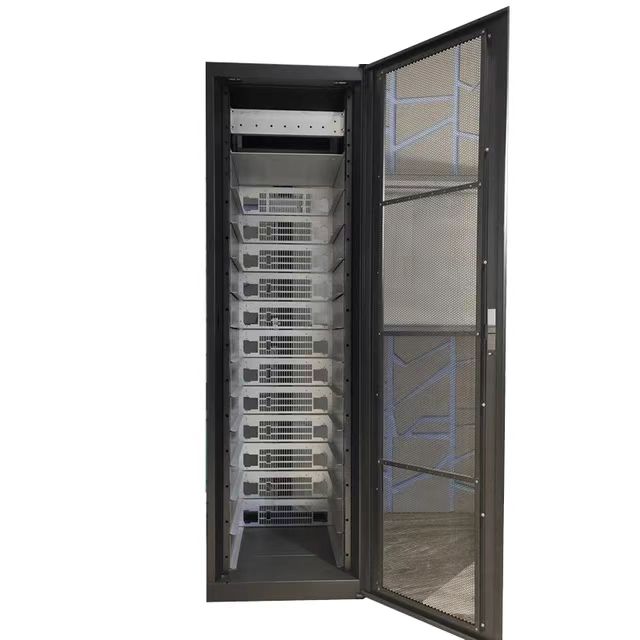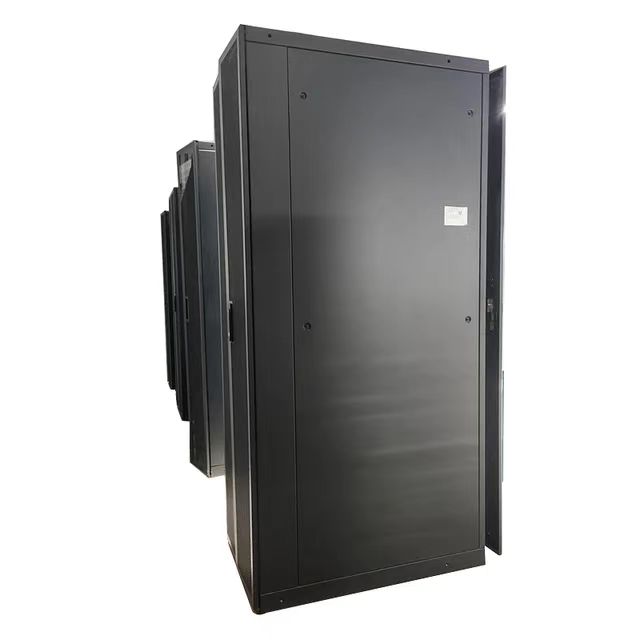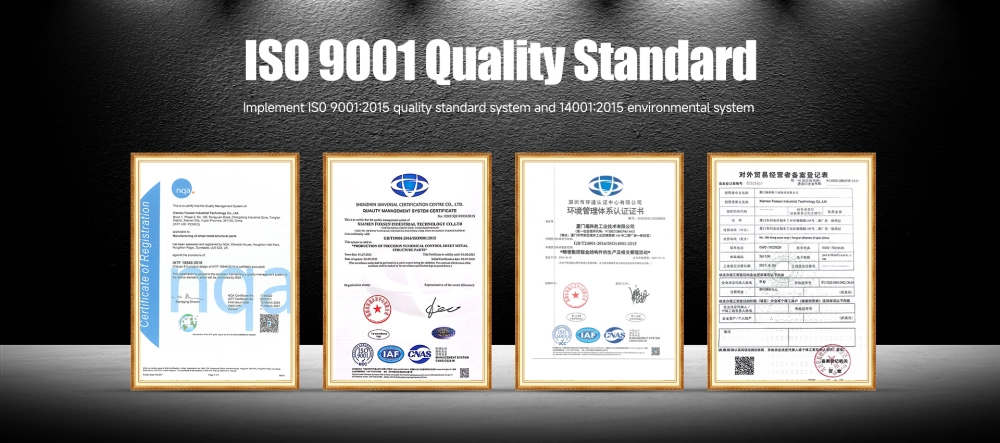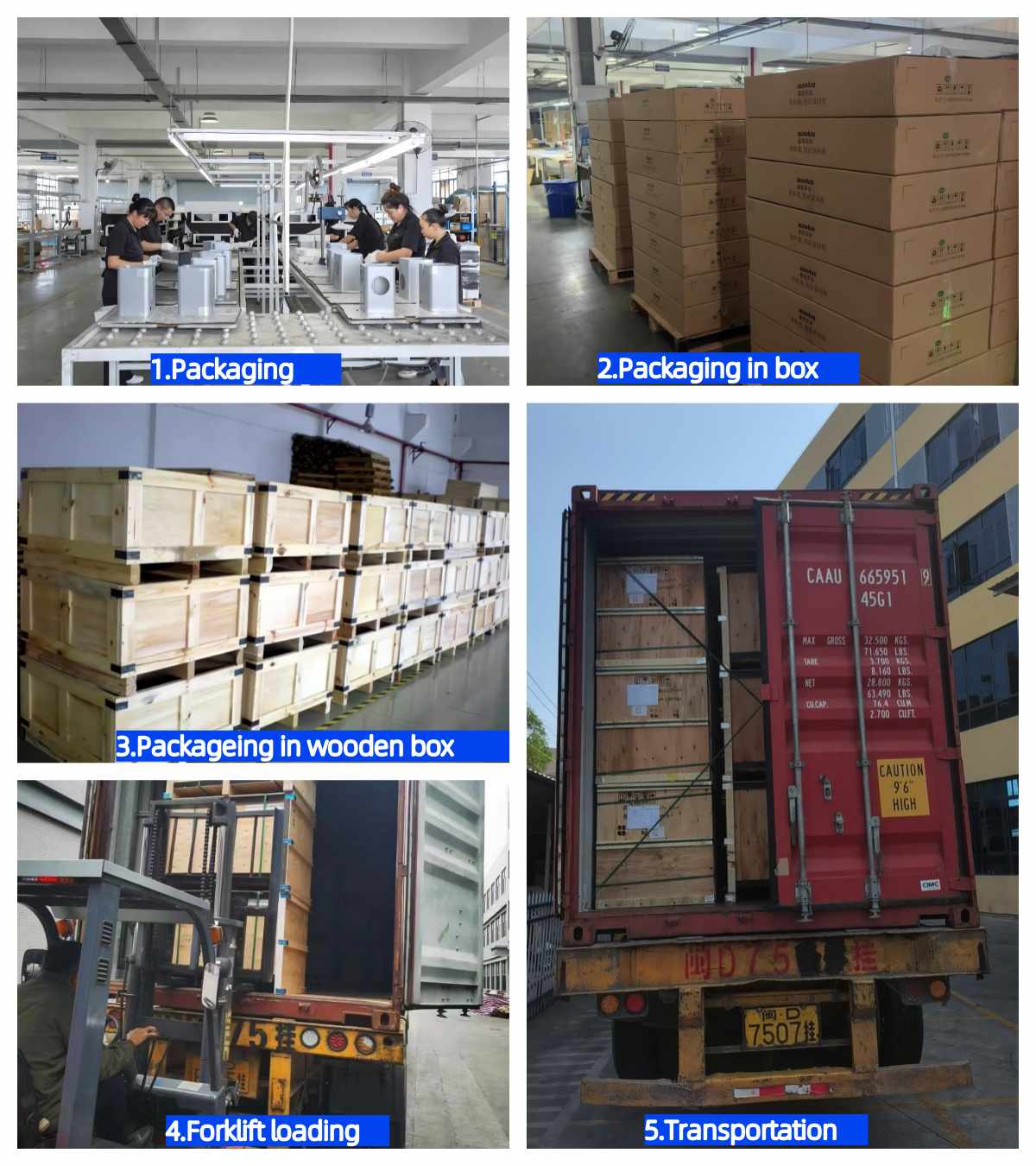 Telecom Cabinets
Telecom Cabinets


| Item Description | Energy storage cabinet enclosure |
| Material | Carbon steel,Stainless steel,Galvanized steel sheet,Aluminum alloy,Cold-rolled steel sheet |
| Processing Technology | Laser cutting, bending, riveting,Power coating, silk screen,QC Inspection, Packaging/assembly, Shipment |
| Surface Treatment | Anodization,Mirror Polishing,Phosphating,Black Oxide Coating,Hot-dip Galvanizing,Sandblasting,Electroplating,Powder Coating,Spray Painting Electrophoretic Paint,Passivation |
| Unit Price | According to customer drawings |
| Remark | Accept customization |
Why Our Telecom Cabinets? It’s All About the Material Integrity and How We Shape It.
We're firm believers that a truly superior Telecom Cabinet begins with two things: top-tier materials and the skill to transform them with exacting sheet metal fabrication techniques. This isn't just a job for us; it's a craft.
The Right Foundation: Starting with Superior Materials
For instance, when cutting stainless steel, we often prefer laser cutting (generally for thicknesses up to 3.0mm) over CNC punching. While a CNC punch can handle stainless steel between 0.8mm to 2.5mm thick, the material's hardness leads to greater tool wear and a higher rate of imperfect parts. With laser cutting, especially when using nitrogen as the assist gas, we achieve an oxide-free, burr-free edge – perfectly clean, no extra finishing needed. For those aesthetically critical parts, we’ll even use a specialized laser film to protect the surface during the cutting process. This method is not only fast and precise, creating a smooth cut without mechanical stress, but also helps us manage the thermal deformation that can sometimes occur with stainless steel by allowing us to fine-tune parameters and even use symmetrical cutting patterns.
Stainless Steel – The Premier Choice for Demanding Environments: When conditions are tough, or longevity is absolutely paramount, we champion stainless steel. Its natural resistance to corrosion and heat, coupled with its inherent strength, makes it an obvious choice. Plus, it’s remarkably easy to maintain. But working with stainless steel in sheet metal fabrication isn't for the faint of heart.
Reliable Cold-Rolled Steel and Other Options: Of course, we also expertly fabricate Telecom Cabinets from high-quality cold-rolled steel plate, typically in thicknesses from 0.5mm to 3.0mm. This material offers a great balance of strength and formability. Depending on your specific needs – perhaps weight considerations or unique environmental challenges – we also work with aluminum, copper, electro-galvanized, and hot-dip galvanized steel plates.
Precision Manufacturing: Where Engineering Meets ExperienceThe intricate nature of modern telecom gear leaves no margin for error. Our sheet metal processes reflect this:
Accuracy You Can Count On: We're not talking about "close enough." Our bending accuracy is consistently held within 0.1mm to 0.15mm. Think about crucial internal components like equipment guide rails; we maintain their flatness to within an impressive 0.2mm. Even across larger surfaces, like our mesh door panels, we ensure flatness is kept within 3mm. This isn't just a number; it’s your assurance that components will fit perfectly, every time.
A Flawless Finish, Guaranteed: We're proud of the way our Telecom Cabinets look and feel. That means no scratches, no press riveting marks visible on cosmetic surfaces, and absolutely no oil stains. It’s a testament to our attention to detail through every step, from the initial design in Pro/E or SolidWorks, through automated unfolding and nesting, to the final assembly.
Advanced Techniques for a Superior Product: Our facilities utilize a comprehensive range of equipment. This includes CNC punch presses, laser cutting machines, and traditional shearing and notching equipment for blanking. For shaping, CNC press brakes (operated manually or by robots) are key. When it comes to assembly, we employ CO2 and Argon arc welding (again, manual or robotic options), spot welders, and stud welders. Every process is optimized.
Let's Talk Specifics: Answering Your Likely Questions with Real Data
If you're considering our Telecom Cabinets, you'll want to know the details. Here are some answers to what’s probably on your mind, backed by our actual processing standards:
Q1: "Bending stainless steel can be tricky due to spring-back and hardness. How do you manage that to ensure accuracy?"
A: You're absolutely right. Stainless steel doesn’t behave like mild steel. Its lower thermal conductivity and higher elongation mean it requires more force to bend, and it has a strong tendency to spring back. To counter this, we always design with a larger bend R-angle than we would for carbon steel to prevent any risk of cracking. Critically, the tooling we use for stainless steel is hardened to 60HRC or more. We also know that the thicker the stainless steel (we generally bend up to 3.0mm to 6.0mm; anything over 6mm becomes very challenging and risks cracking, making welding or angle pieces a better option), the greater the bending force needed. Similarly, the material's yield strength dictates how much it will spring back, so we adjust the actual press angle to achieve that perfect 90-degree bend.
Q2: "What about fastening components to stainless steel? Is it secure?"
A: Standard press-fit fasteners often struggle with the hardness of stainless steel. That's why we use special high-strength, hardened press-fit fasteners designed for the job. We meticulously control the press pressure to ensure the stud or nut is perfectly flush with the workpiece surface. And, for an extra measure of robust security – because we know stainless steel press-riveting can be less forgiving – we often supplement these fasteners with side welding. Every connection is checked against torque specifications to ensure there's absolutely no loosening.
Q3: "Welding stainless steel also has its challenges, like distortion and oxidation. What’s your approach?"
A: Stainless steel is indeed more heat-sensitive than plain carbon steel. It's more prone to issues like hot cracking, significant oxidation if not properly shielded, and larger deformation due to its higher linear expansion coefficient. Our welders are skilled in mitigating these issues. We start by selecting welding consumables (like finer diameter electrodes) with a chemical composition matching or very close to the parent stainless steel. Before welding, the area 20mm to 30mm on either side of the intended weld is meticulously cleaned of any contaminants. We often recommend laser welding (for its low heat input and high speed) or TIG (Argon arc) welding. We also plan the welding sequence carefully – for instance, using symmetrical welding for symmetrical structures, or welding the side with fewer welds first on asymmetrical parts to let subsequent welds counteract earlier deformation. Forced cooling of the weld bead and heat-affected zone and the use of properly balanced clamping fixtures are also key parts of our strategy.
Q4: "What kind of surface treatments are available, especially for stainless steel, to ensure both protection and a good look?"
Sandblasting: This gives a very uniform, attractive, fine bead-blasted matte surface and is quite efficient.
Passivation (often using an acid pickling and passivation paste process): This is a very common and effective treatment. After initial cleaning (which might involve sandblasting or polishing), the passivation process significantly enhances the natural corrosion resistance of the stainless steel, ensuring long-term stability.
Mirror Polishing: Achieved through a series of chemical or physical polishing steps, followed by progressively finer grinding, to create a bright, reflective surface.
Coloring: We can apply various colors using advanced techniques like PVD (Physical Vapor Deposition). This is done in a high-vacuum, high-temperature environment where ionized inert gas deposits a colored layer. This finish is not only decorative but also enhances wear and scratch resistance and won't fade or chip in indoor environments. For our standard sheet metal cabinets (e.g., cold-rolled steel), a durable spray paint or powder coat finish is applied after thorough pre-treatment, which typically involves acid pickling + degreasing + phosphating, or sandblasting + degreasing + phosphating. This ensures excellent adhesion and a long-lasting, protective finish.
A: For stainless steel Telecom Cabinets, we offer several excellent surface treatments:
The Bottom Line: A Telecom Cabinet You Can Trust, Built by People Who Care
Choosing one of our Telecom Cabinets means you're getting more than just a sheet metal box. You're getting a solution born from a deep understanding of the telecom industry's evolving needs, built with the best materials, and fabricated by skilled professionals who pay attention to every detail – from the 0.1mm precision in bending to ensuring no weld spatter remains after grinding. We’re here to provide a Telecom Cabinet that ensures your network is housed securely, efficiently, and reliably for years to come.
 Custom medical device enclosures Manufacturing Capabilities
Custom medical device enclosures Manufacturing Capabilities
As an experienced precision telecommunication enclosure factory, our engineers will design internal production processes based on customer drawings, our Perforated doors allow 60 % ventilation thus allowing better passive cooling.

 Qualification Certificate &Finished product inspection
Qualification Certificate &Finished product inspection
Strictly inspect the quality of the finished metal cabinet assembly , including visual inspection, dimensional measurement, strength testing, etc. Ensure that telecom cabinets meets design requirements and customer needs.

 Packaging&Shipping
Packaging&Shipping


 FAQ
FAQ
Q: Are you a trading company or manufacturer?
A: We are the manufacturer.Our advanced equipment ensures that every cut is accurate and consistent.
Q: What do you need to provide a quote?
A: Please kindly send us the drawing or the sample of your product. Details below should be included,
A. Materials B. Surface Finish C. Tolerance D. Quantity
Q: How does the payment process work?
A: Payment terms are flexible for us in accordance with specific conditions. Generally we advise 30%TT deposit, balance before shipment.
Q: How do I know about the delivery?
A: Tracking number will be provided to you once we get it from shipping agent. Also we will keep updating the latest shipping information for you.
Q: Is it possible to know how my products are going without visiting your company?
A: We will provide a detailed production schedule and send weekly reports with digital pictures and videos showing machining progress.
Some excellent articles:
What is a Sheet Metal Enclosure?
https://www.sheetmetalparts.net/newsinfo-what-is-a-sheet-metal-enclosure.html
What Is Metal Sheeting Used For?
https://www.sheetmetalparts.net/newsinfo-what-is-metal-sheeting-used-for.html
Why Is It Called Sheet Metal?
https://www.sheetmetalparts.net/newsinfo-why-is-it-called-sheet-metal.html
What is sheet metal design?
https://www.sheetmetalparts.net/newsinfo-what-is-sheet-metal-design.html
How to Design a Sheet Metal Cabinet?
https://www.sheetmetalparts.net/newsinfo-how-to-design-a-sheet-metal-cabinet.html

Rich experience:Over 16+ years experience in sheet metal fabration products

FOXSEN Strong QC team to ensure 100% inspection before shipment.

Our services include design, prototyping, tooling, and finishing, providing a one-stop solution for your sheet metal fabration parts needs.

Professional sheet metal production management MES ensure on-time delivery of products.

We have professinal experienced team of technicians and excellent processing equipment

Automation equipment and Softing tooling reduce production costs improve product cost-effectiveness